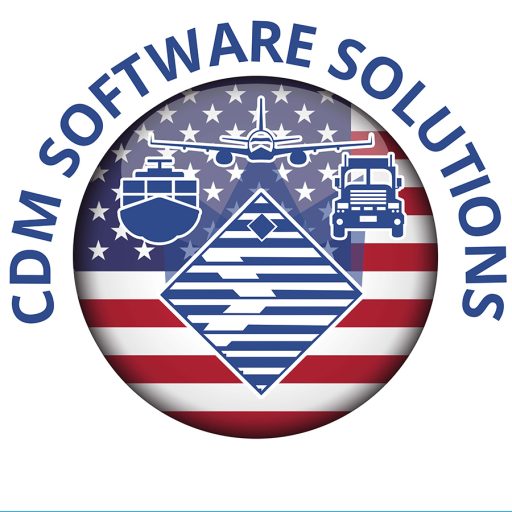In the dynamic landscape of global commerce, supply chain efficiency is a critical determinant of success for businesses. The advent of technology has brought forth innovative solutions to streamline and optimize supply chain operations. Among these solutions, asset tracking software has emerged as a powerful tool, revolutionizing the way businesses manage and monitor their resources throughout the supply chain. In this article, we explore how asset tracking software is maximizing efficiency in modern supply chains.
One of the key advantages of asset tracking software lies in its ability to provide real-time visibility into the entire supply chain. From raw materials to finished products, businesses can track the movement and location of assets at every stage. This visibility is invaluable in enhancing decision-making processes, allowing for better planning, reduced lead times, and improved overall efficiency. Real-time tracking minimizes the risk of stockouts, ensuring that products are always available when needed.
Asset tracking software also enables businesses to maintain accurate and up-to-date inventory records. With real-time data on stock levels, businesses can optimize inventory management, avoiding overstocking or stockouts. This not only reduces carrying costs but also enhances order fulfillment, as businesses can quickly identify which products need restocking and which are in surplus. The result is a leaner, more efficient inventory management system.
Efficiency in supply chains is closely tied to operational productivity. Asset tracking software automates many manual processes, such as data entry and inventory reconciliation. This automation not only reduces the likelihood of human errors but also frees up valuable human resources to focus on more strategic tasks. With less time spent on routine administrative tasks, employees can dedicate their efforts to activities that directly contribute to improving overall supply chain performance.
In industries with stringent regulatory requirements or those emphasizing sustainability and ethical sourcing, traceability is paramount. Asset tracking software provides a comprehensive audit trail, allowing businesses to trace the journey of each asset through the supply chain. This not only ensures compliance with regulatory standards but also enhances accountability by identifying any bottlenecks or inefficiencies in the process.
Asset tracking software goes beyond mere location tracking; it can also collect and analyze data on the condition and performance of assets. This capability is particularly valuable in predictive maintenance. By identifying patterns and trends in asset performance, businesses can proactively schedule maintenance, reducing the risk of unplanned downtime and extending the lifespan of equipment. This predictive approach to maintenance is a key component in maximizing operational efficiency.
Efficient supply chains often involve collaboration among multiple stakeholders, including suppliers, manufacturers, and distributors. Asset tracking software facilitates seamless collaboration by providing a centralized platform where all stakeholders can access real-time information. This transparency leads to better communication, coordination, and overall efficiency in the supply chain.
In an era where speed, accuracy, and adaptability define supply chain success, asset tracking software has become a cornerstone of efficiency. The ability to monitor assets in real time, optimize inventory, automate processes, ensure traceability, and leverage predictive analytics empowers businesses to create agile and responsive supply chains. As technology continues to evolve, asset tracking software will play an increasingly pivotal role in driving efficiency and ensuring that supply chains remain a competitive advantage for businesses in the global marketplace.

